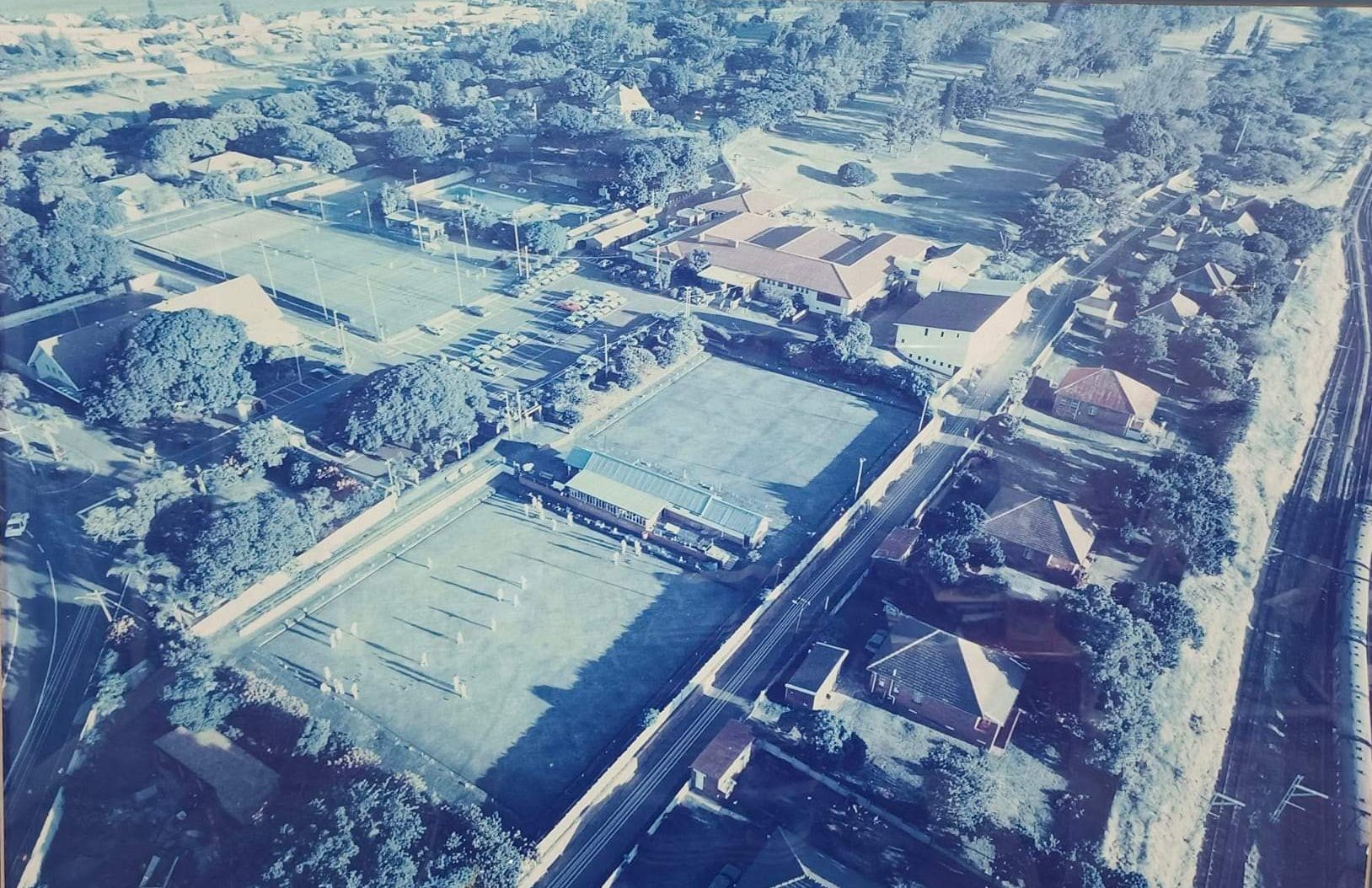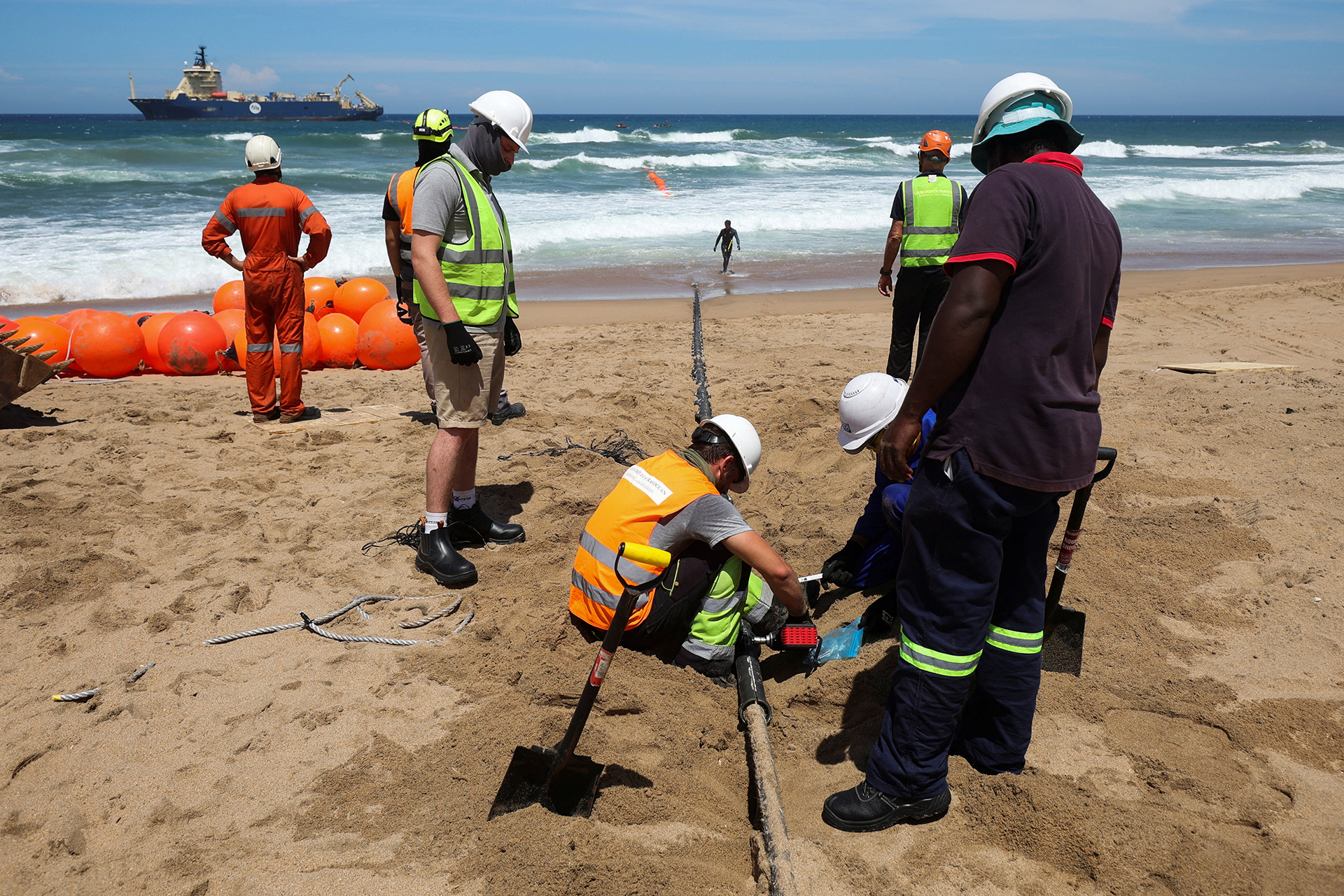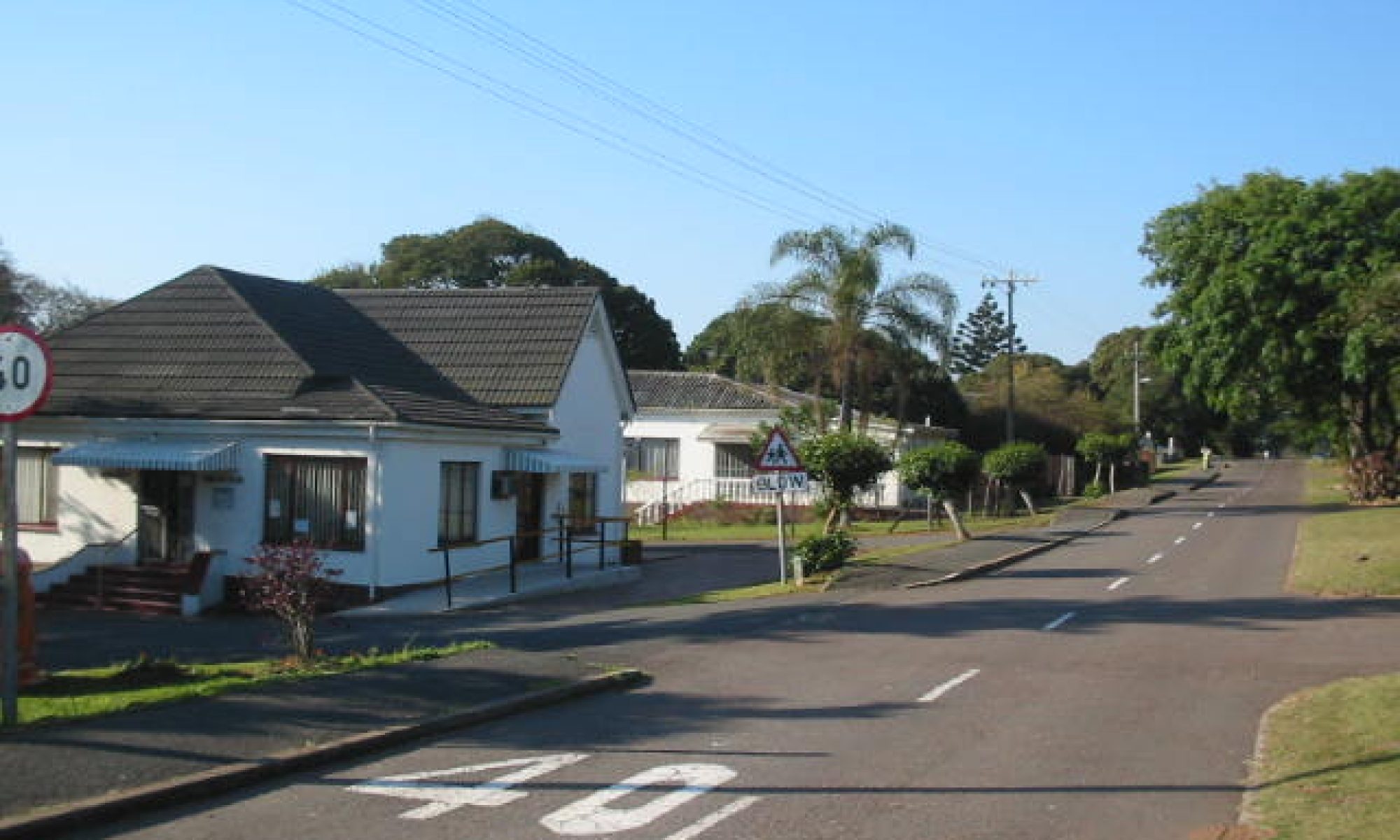Walks and outdoor activities towards Toti to the south were mainly via the railway tracks or along the golf course. The railway track route would take us along the edge of a large open channel, originally for effluent from the factory, and past the ‘forest’ as we named it, which I believe is now part of the Umbogavango nature area. Grey duiker (impiti), bushbuck, mongooses, monkeys and the occasional genet cat were observed. Animals jumping into the long grass-lined effluent drain were often heard but never seen. These were perhaps water mongooses or otters which were known in the area and definitely not legavaans or monitor lizards, which grew to at least 6 foot long, and had a totally different sound when jumping into water. Fortunately we never came across the very dangerous bush pigs that became a serious nuisance on some of the smallholdings in the Toti area in the 1970s. Occasional leopard sightings were mentioned by others in the dense bush areas and around the cliff lines along the Twini and Umkomaas Rivers where dassies (hyrax) were common at the cliff locations. There was great excitement when a pair of crested eagles first set up nest in the ‘forest’ which included plantation pine trees. Those birds subsequently became a regular sight.

Reference: Umbogintwini Club Memories Facebook Group
1995 aerial view of the Jubilee Hall, tennis courts, bowling greens, club house, squash courts, and railway houses
The open channel was left in place with the effluent then going in underground pipes to outlet at the end of a high gantry near Toti Beach, the effluent simply pouring from high above into the sea at the low water mark. The underground pipes were subsequently extended to about 1.5 km along the sea bed and out to sea. The construction of the undersea outfall was a huge attraction with many people visiting the beach to see progress with the amphibious ‘duck’ vehicles riding along the beach and then going straight into the waves like boats and out to sea were the main attraction. The old beachside gantry was also demolished as part of the works, so if you didn’t know the current name Pipeline Beach you would be totally unaware of what passes under you and out to sea. In my time this was a popular spot for daytime fishing for blue shad in winter, also daga salmon (mulloway/jewfish) in the night. The daga salmon that were caught were regularly 20 – 40 lbs and their large ivory-like balance stones (otoliths) were regularly made into earrings by my Dad at the request of his fishing friends for their wives. Massive sardine runs in winter would also beach around the pipeline, with the accompanying frenetic activity with people running into the water to scoop up the sardines, the diving gannets and other birds going crazy, gluttonous sharks, so full with sardines, would often simply roll up and down the beach in the waves. There were frequent stories of night time fishermen at the pipeline hearing the drumming sound of diesel engines out to sea but relatively close to the beach. These were firmly believed to be Russian submarines getting up to nefarious activities. This was also a good beach to use my metal detector that I bought from the U.S. in 1969.
My brother Mark reminded me of the sinking of the coastal trader “Griqualand” off the pipeline beach on 14 November 1970. The ship caught fire and was sunk by shelling by the Royal Navy HMS Dido as it was a danger to shipping. Our family, on hearing the gunfire, travelled to Ocean View Road to watch the sinking. The wreck has since apparently become a good place for spear fishing for daga salmon. I don’t recall any flotsam from the wreck getting to the nearby beaches, totally different from when the Aimee Lykes ran aground on Aliwal Shoal on 26 October 1963. The 3000 tons of cargo was then jettisoned only to be found for miles along the local beaches for many weeks afterwards. The Aimee Lykes was eventually dragged off the rocky shoal with great difficulty and spent 6 months in repair in Durban before returning to the U.S.

Reference: REUTERS/Rogan Ward
Workers install the 2Africa undersea cable at Pipeline Beach, February 7, 2023.
Interestingly I note that a major international internet cable now installed around the African coast has a landfall connection at the Pipeline Beach. The WIOCC planning report by Acer gives some really good information on all potential impacts that they need to consider.
The book tilted “A History of Amanzimtoti” by M.J. Meitiner provides a lot of short stories, information, newspaper cuttings and photographs which also covers surrounding suburbs including Twini.
